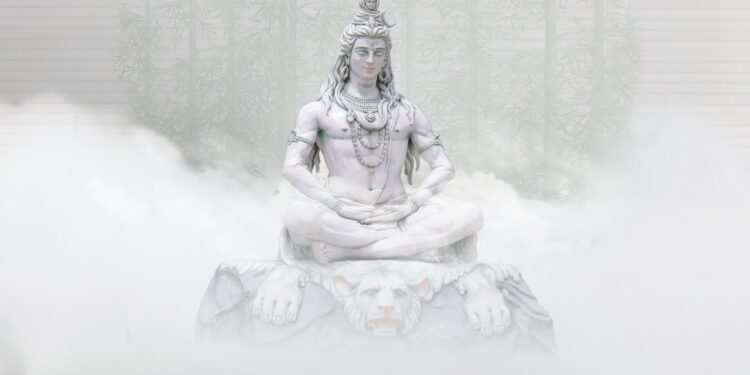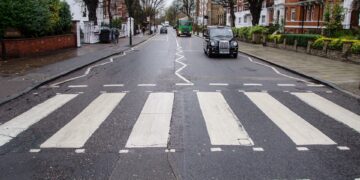The illusive woman The Beatles were so eager to coax out into the sunshine was none other than Prudence Farrow, the younger sister of actress Mia Farrow.
The Fab Four met the two sisters during a meditation retreat in Rishikesh, where they composed many of the songs that went onto feature on 1968’s White Album. Prudence Farrow was even paired up with John and George, who were designated as her “course buddies” (see video, bottom).
According to late music critic Ian MacDonald, Prudence found herself unable to leave her chalet in Risihkesh having been made hypersensitive by too much meditation.
Farrow reflected on her side of the story in her 2015 book, Dear Prudence: The Story Behind the Song (free on Kindle here).
“I first heard about the song “Dear Prudence” from a friend who heard it on the radio in August 1968,” she wrote.
“I had forgotten entirely about George saying they had written the song. I had anxiety about how they might have portrayed me. One by one, I listened as each of the other singles from India, recorded on a self-titled album, came out. Many were very unflattering, such as “The Continuing Story of Bungalow Bill” and “Sexy Sadie.” I remembered John’s ability to peg people and dreaded what he might say about me. I wished with all my heart he had never written the song.
“My mother bought what became widely known as “The White Album” as soon as it was released in the fall of 1968. She introduced it to me in a most odd way. During a family gathering at her apartment, we were playing Killer, a whodunit game. The “killer” kills by winking at you, then you wait fifteen seconds before announcing you have been killed. My mother went around the room, showing the album while playing it on the record player. I listened to “Dear Prudence” with great apprehension. As each line finished, I wiped my brow with relief. As the song ended, I felt immense gratitude that it was not as I had feared. Just then, my mother came over to me, and leaning in, she gently said, “Isn’t it beautiful?” I looked up at her, and she winked.
“I never saw the Beatles again, but Mia kept in touch with them over the years. The Dakota, the New York City co-op John’s family still lives in, is right next to what was my mother’s apartment building. In the early ’80s, just after John was shot, his son Sean came to my daughter’s eighth birthday party. A mutual friend had invited him. A driver dropped off him and his governess. I never met his mother Yoko Ono.
“Sometimes people ask why I never attempted to stay in touch with the Beatles. Having witnessed fame firsthand, I knew the lives of stars could be hectic and unpredictable. They had so many fans and friends vying for their company that I didn’t want to impose on them, so I stayed away. For years I had mixed feelings about listening to the song. There were many rumours and misunderstandings about why they wrote it, and I wanted to keep drama at a distance.
“In October 2001, I watched a television special that aired on TNT and WB, a tribute to John Lennon titled Come Together: A Night for John Lennon’s Words and Music. “Dear Prudence” was one of the songs highlighted. As I listened, it occurred to me that of all their music, “Dear Prudence” embodies the spirit of India and, in particular, the 1968 course in Rishikesh. I felt honoured and privileged. George was right when he said a consciousness revolution was taking place, and it was beginning with the ’60s generation. The Beatles, their music, and “Dear Prudence” embrace this spirit. It’s the spirit of a generation of people who could no longer seek outside themselves, for they knew the answers are found only within.”









